Liquid crystals are animated, a heap of tubular molecules sliding and vibrating and pulling together and away from each other. There are substances that when cold, or starved of energy, are rigid and their particles are arranged in regular patterns. In this state, forces hold the particles together and there is just the smallest amount of jiggle. The substance is a crystal. A crystal consists of layers composed of particles, where each has an allotted place and the molecules in neighbouring layers slot into each other’s gaps, forming a lattice in which the position and direction of each particle is alike. This crystal vibrates, but it is without perceptible movement as such.
If the same substance is heated, the crystal lattice melts. Some of the weak attracting forces are overpowered by thermal motion, while others hold fast. The neighbouring areas of mesh disperse. The molecules scatter in different directions, though each remains on its layer. This means that the substance retains something of its crystalline structure, but at the same time the molecules slide around more or less fluidly. The positional order of the particles only holds in one direction, though orientational order remains. In such a state, the substance possesses, at one and the same time, properties of liquid and of crystal. This is a state of liquid crystallinity, a slimy state of being.
If the heat persists, the molecules loosen all their bonds and the layers begin to wriggle and fragment. There is no positional order: the molecules scatter where they will, though they are still lined up with the same orientation. Each molecule has a proper direction, but no proper place. What was once crystal now flows. If more heat is introduced, the particles start to bounce around ran- domly, abandoning any common orientation. Eventually the substance is fully liquid. Molecules distribute themselves in all directions and broken symmetry is introduced, which means that all directions become equiva- lent. Heated further, it becomes gas, and the molecules crash around randomly at high speed.
Solid, liquid, gas: these are the schoolbook-familiar states of matter. Movement between these states, as one becomes another, is called phase transition. But in between these common phases, forms of liquid crystallinity interpose. Liquid crystallinity is a crossbreed form. The liquid crystal phase exists only for a few minutes on the way from hot to cold or cold to hot. If a substance in the liquid phase is viewed under cross-polarizing light, whereby the polarizers either side of the sample eliminate light with exactly perpendicular polarizations, only blackness is seen. At the moment that liquid crystallinity occurs, colours and shapes flash into view, like a little abstract animated film. This is an animation made by nature itself.
Flowing Crystals
Water Is Never Lonely
The thing about water is that it depends upon water. When land in the area below Joya del Hielo is cleared of vegetation for farming and firewood, this means less water circulating in the vicinity, a key aspect of what Roberto calls stressors to the cloud forest. If the lowland dries out, it becomes that much more difficult for a higher-altitude forest to make a cloud. Moisture in one place informs moisture elsewhere. As the late poet Tony Hoagland wrote in ‘The Social Life of Water’, ‘All water is part of other water. / Cloud talks to lake; mist / speaks quietly to creek.’ Similarly, the loss of water in one location can have the effect of drying out another. For example, depleting an aquifer for irrigation wells, as is happening across North America’s agricultural lands, lowers the water table so that nearby streams and wetlands dry out and wildlife has no place to go. As many of us who’ve seen these patterns playing out have realized, aridity is contagious.
When rain soaks in and is held in the soil, the area stays moist and covered in plants. When the surface is exposed, water evaporates or runs off, leaving the land parched and, in certain environments, prone to fire. Climatic conditions are largely determined by how water circulates, how it moves across the landscape and through the air. Water problems like floods and droughts are often symptoms of climate change, but supporting the water cycle can help regulate and moderate temperature. To a large extent, the story of climate is the story of water.
Plants, particularly trees, are central to the wetting or drying of a landscape. For one, trees embody water. According to Andy Lipkis of TreePeople, an NGO in Los Angeles, the root system of a mature tree can retain tens of thousands of liters of rainwater. Bill Mollison, the late Australian scientist and early teacher of permaculture, which applies insights from nature to farming and design, said ‘a tree stands there as a barrel of water’. Trees are also continuously putting moisture back into the environment. With their vast green surface area, they hold and evaporate water. More significantly, they transpire, as water moves up from the roots and out through the leafy canopy. A good-sized tree can transpire 400 liters of water each day.
You can think of a plant as a water pump, pulling moisture from the surrounding soil and releasing it as vapor. From the plant’s perspective, this process is vital for regulating its own temperature because transpiration is a cooling mechanism, in that it consumes energy. Turning liquid water into a gas not only uses energy, it also dissipates the heat beaming down from the sun. Solar energy hitting a bare surface – think midsummer tarmac – creates ‘sensible heat’, or heat you can feel. If instead that radiation falls on vegetation, thanks to transpiration it becomes ‘latent heat’, suspended in the water vapor through space and through time. This is one reason Joya del Hielo feels so cool: those plants that fill every available niche are busy transpiring, which postpones the unleashing of heat and ensures it remains in the realm of potential.
In the aggregate, as forests, trees are moving around tremendous amounts of moisture, and therefore energy. In 2015 I spoke with Brazilian scientist Antonio Donato Nobre, who described forest-driven ‘aerial rivers’: bodies of moisture that sail, unnoticed, through the sky. He said airborne waterways above the Amazon rainforest contain more water than the mighty Amazon River below, as twenty metric tonnes of water flow out from the trees and into the air. The notion of water continuously floating above the earth reminds me of the Hebrew word for sky, which is shamayim, or ‘there is water’. I had always found this curious. Likewise, in her essay ‘Clouds’, Rachel Carson writes: ‘Up there is another ocean – the air ocean that envelops the whole globe.’
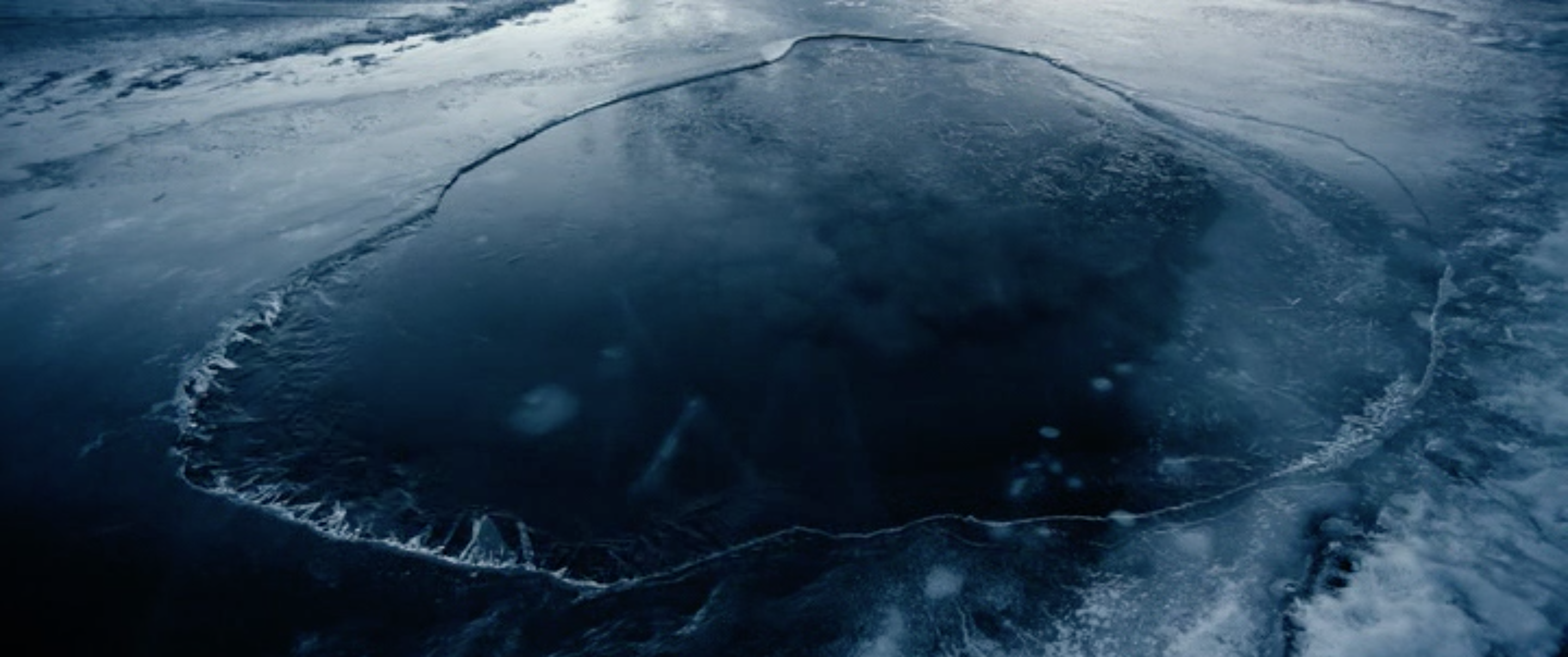
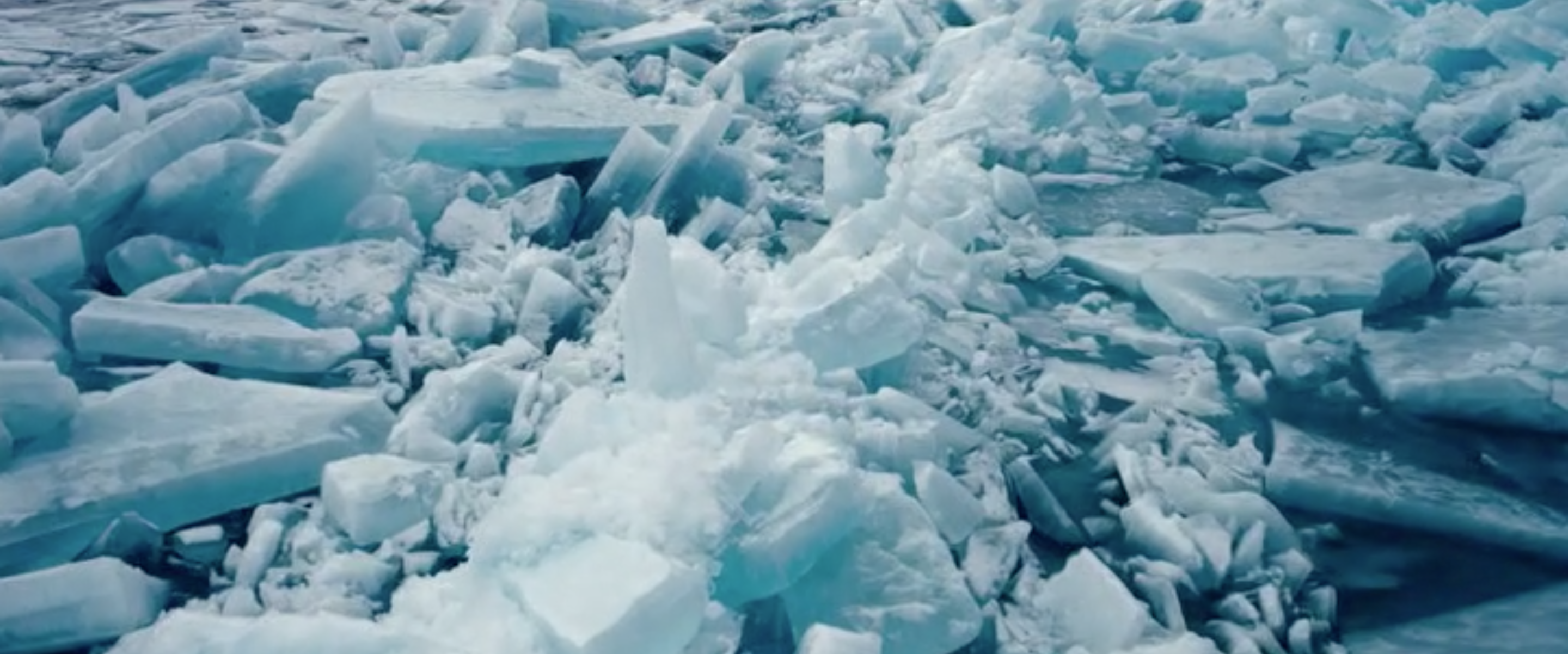
Water is
never still
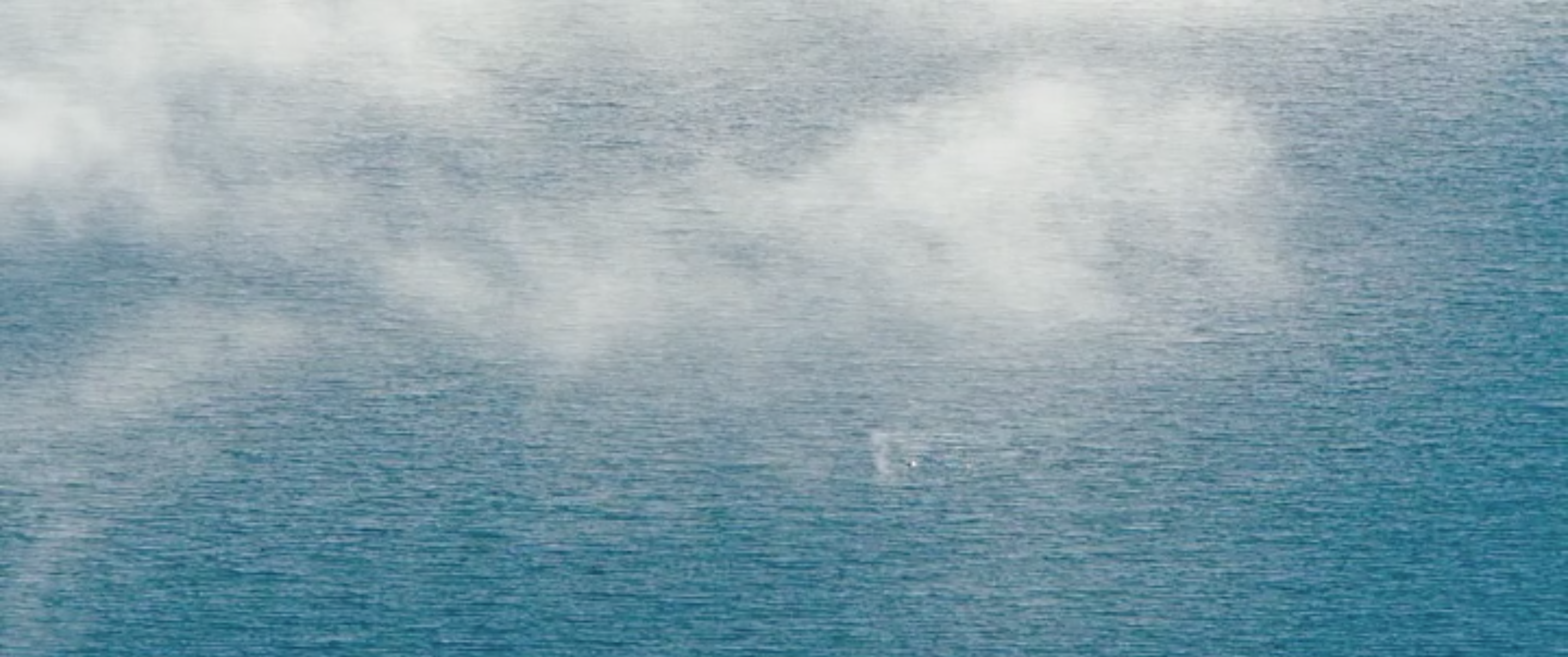
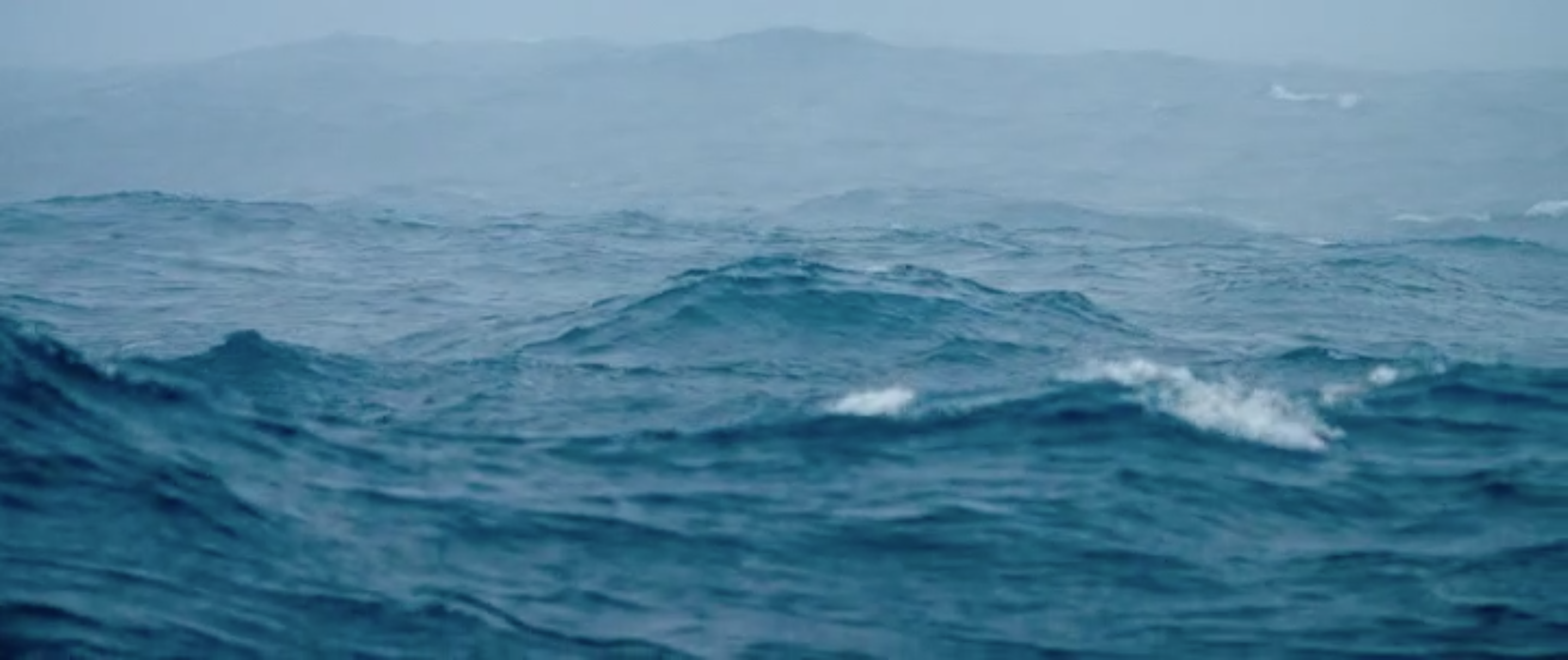
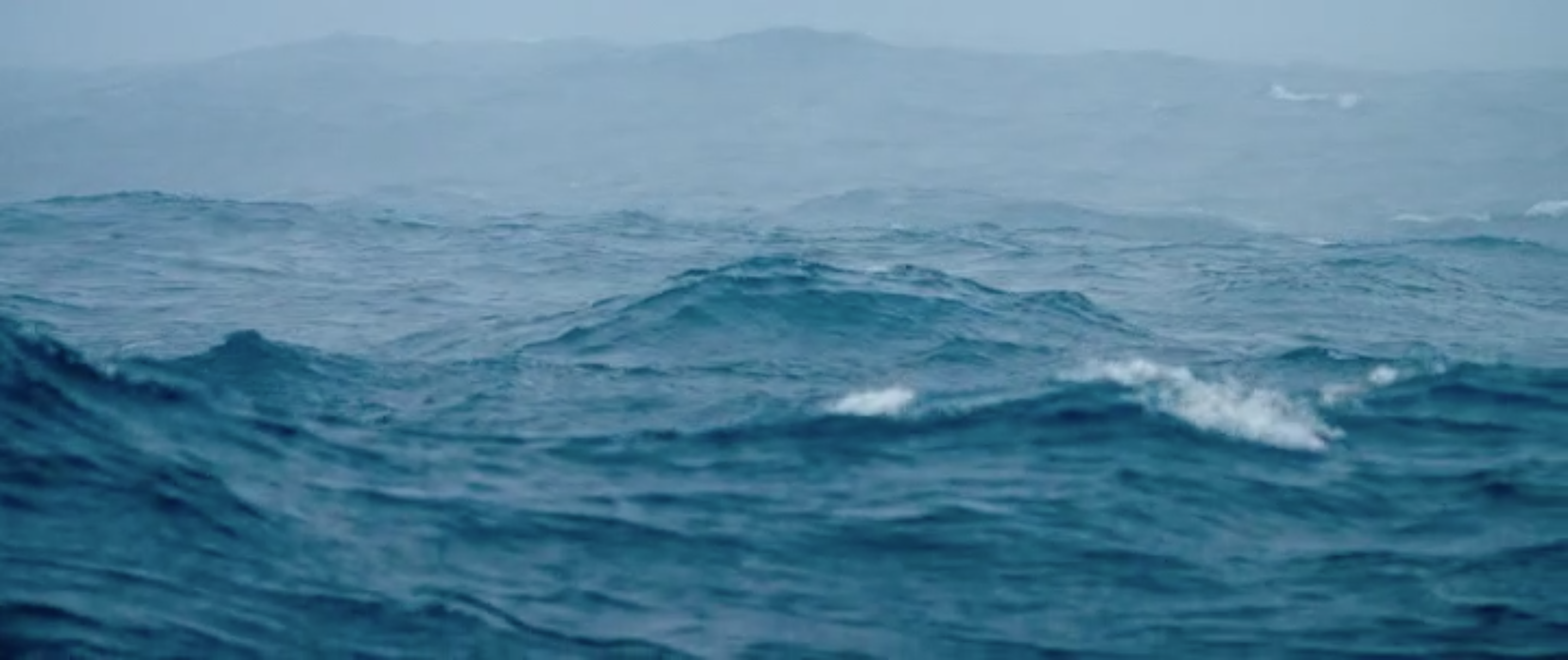
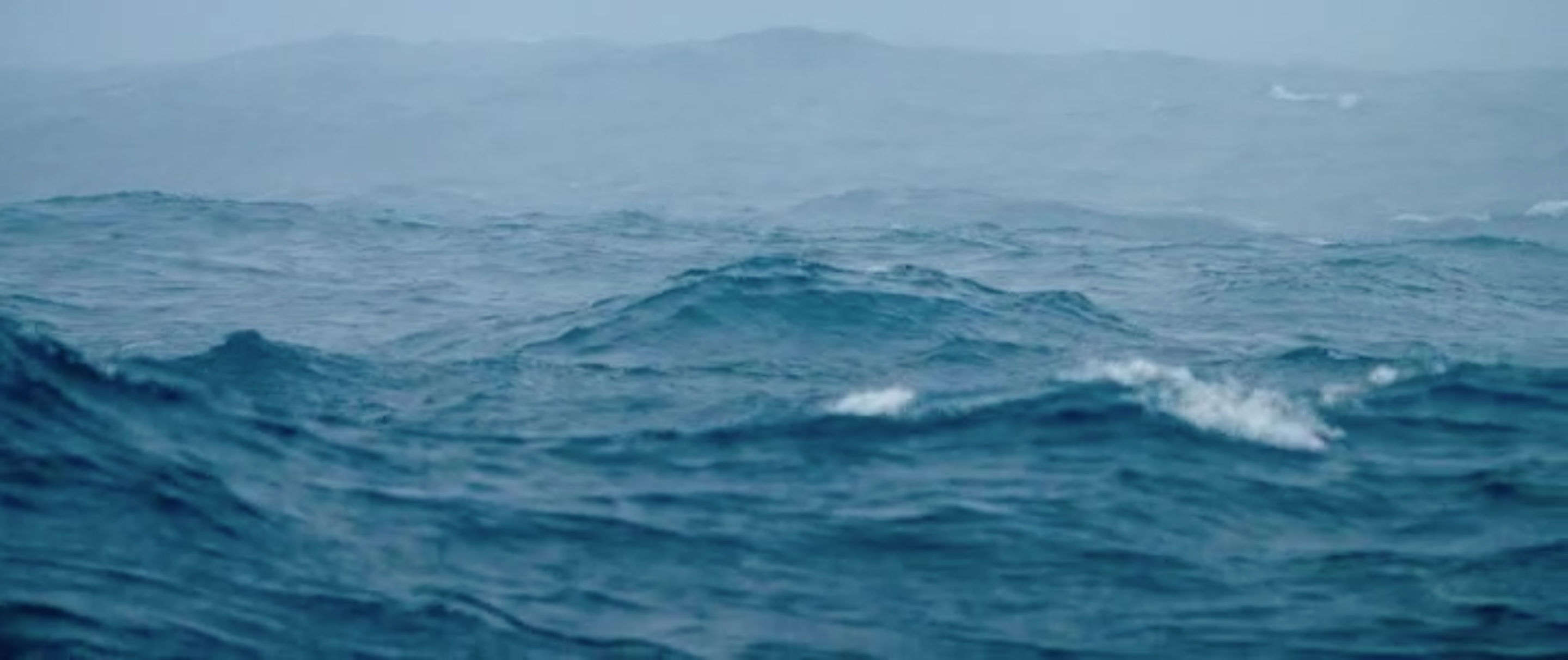
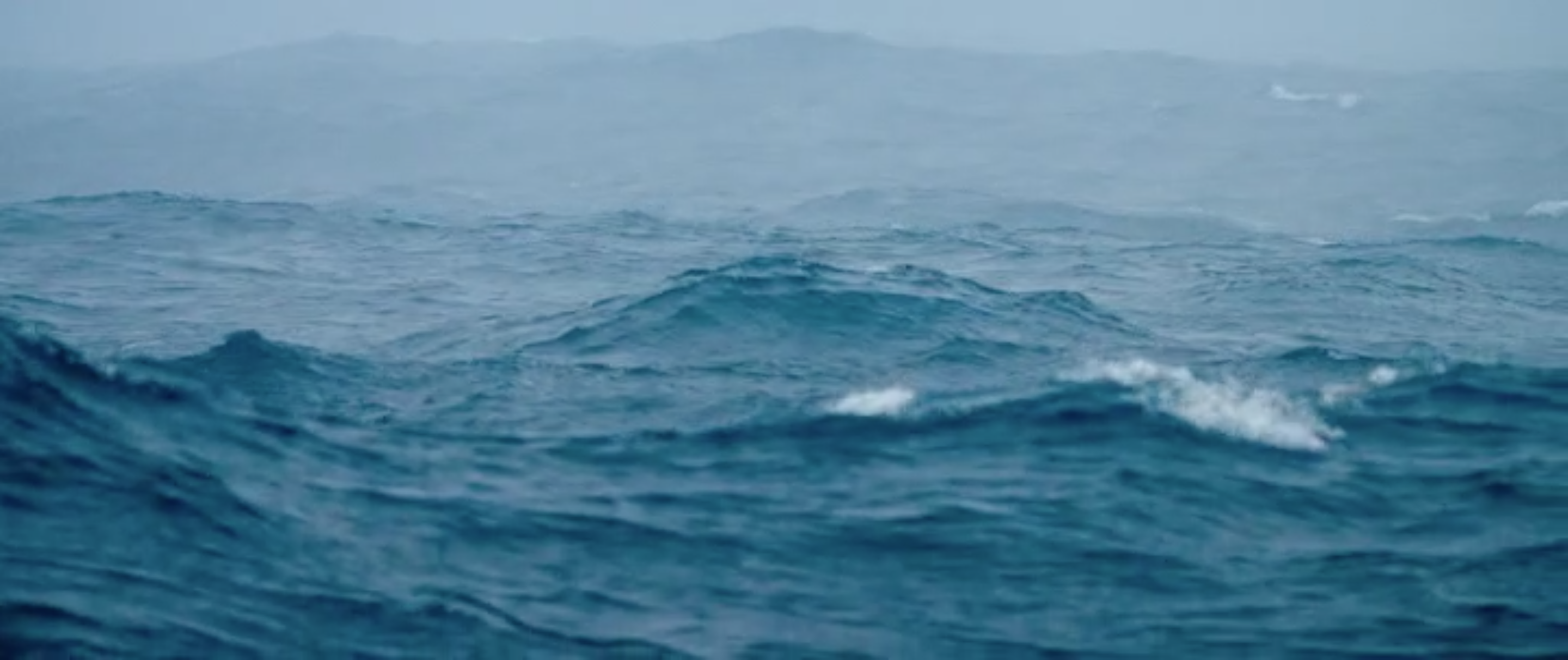
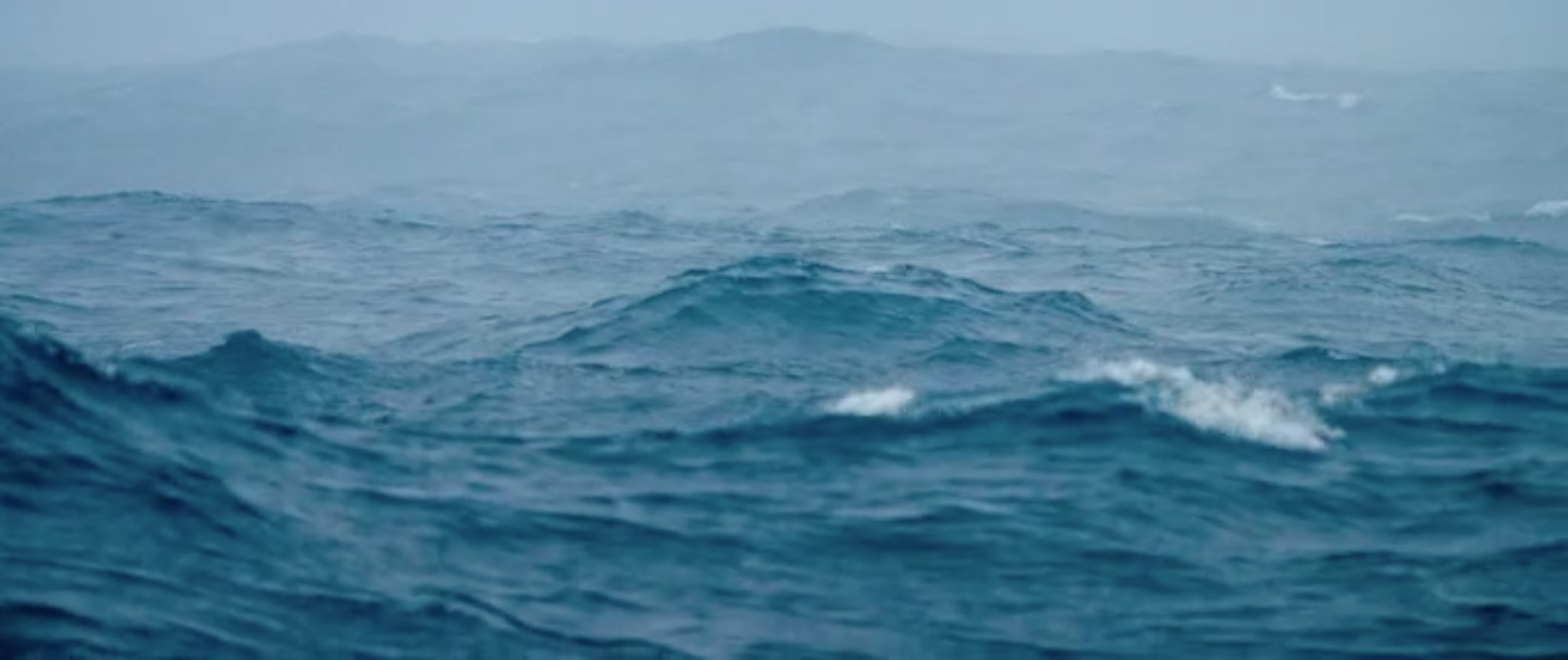
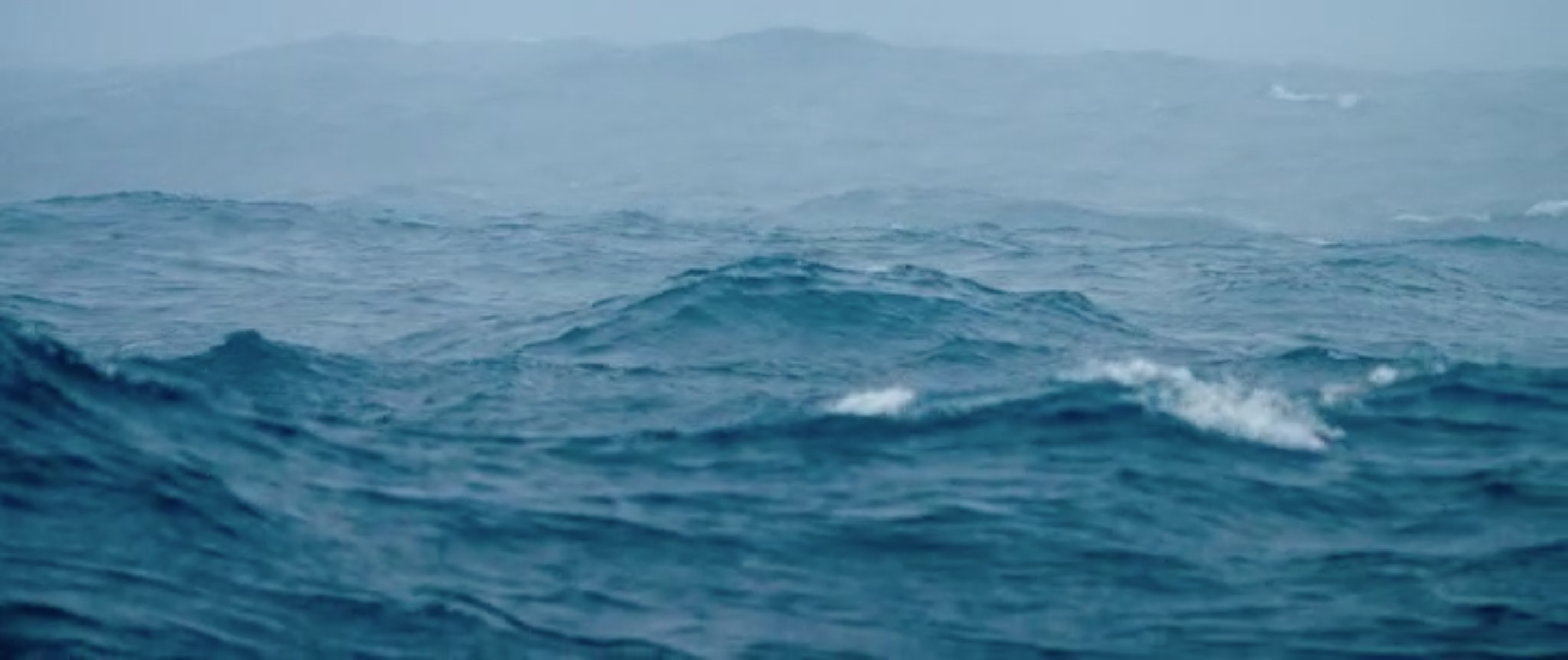
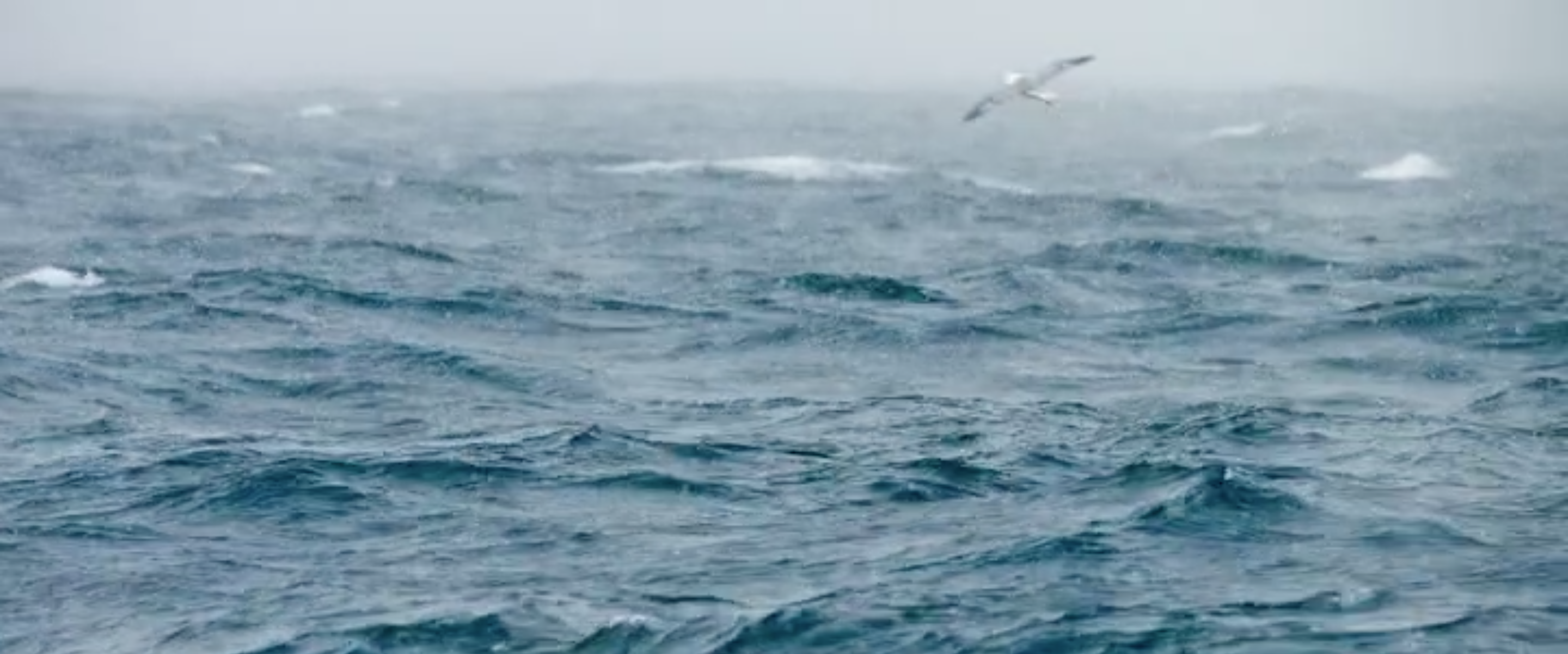
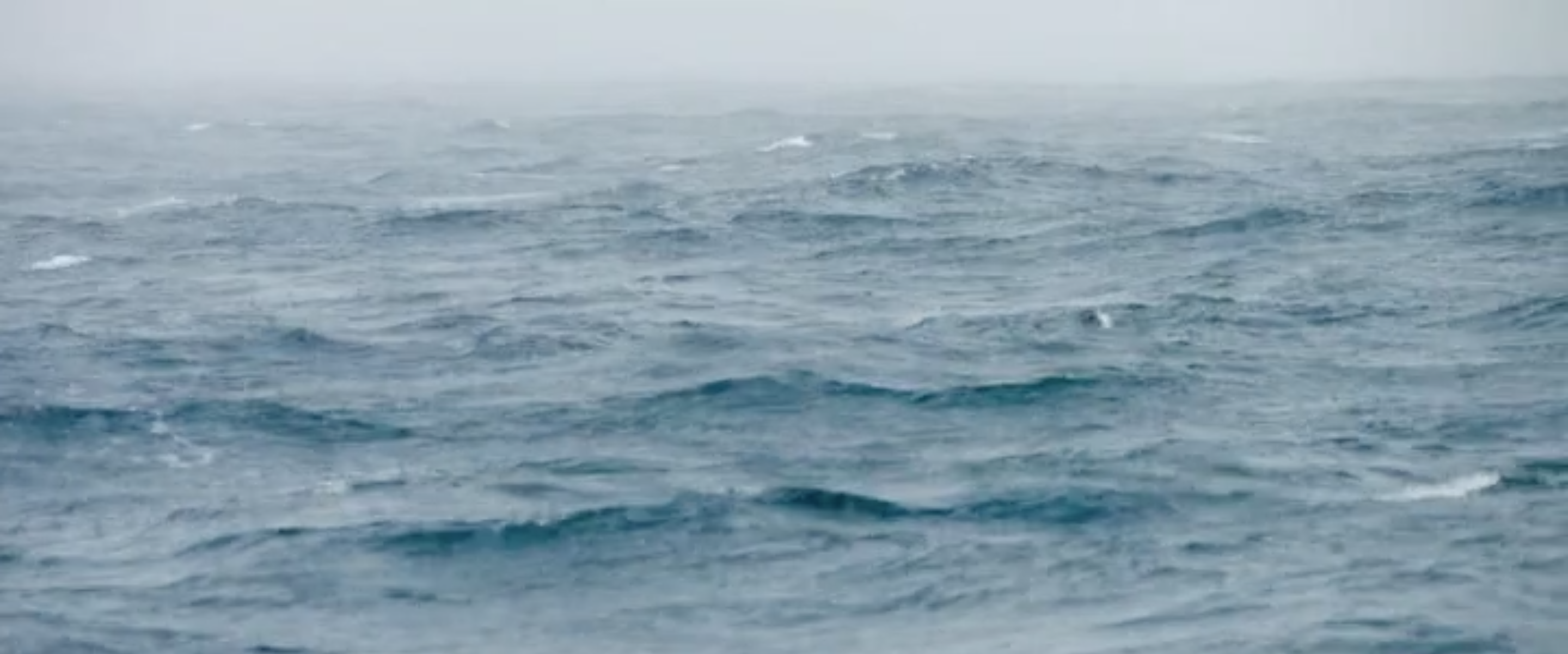
I revisit Kamau Brathwaite’s concept of tidalectics just weeks after the largest triple hurricane system on record has pummeled the Caribbean. It is an awful reminder of the permeability between land and sea, particularly on small islands. […] Twenty-five-foot waves pounded the shores, while coastal surges were measured at over six feet in the Dominican Republic and elsewhere. Because of the record-breaking rainfall, an 11-billion-gallon dam in Puerto Rico began to fail. Irma’s winds were so strong that they literally pulled water out of the ocean, drying out beaches in the Bahamas and creating watery bulges elsewhere. In report after report, eyewitnesses fail to find the words to describe these unprecedented violent weather events. Instead the language of apocalypse prevails: “catastrophic,” “precarious,” “total devastation,” and “hell.”
It is a poignant and also maddening time to revisit tidalectics, a neologism that the Barbadian poet has employed throughout his caareer to describe “the movement of the water backwards and for- wards as a kind of cyclic ... motion, rather than linear.” Challenging the binarism of Western thought, the ocean and land are seen in continuous relation—as shifting points of contact, arrival, departure, and transformation. Tidalectics engage what Brathwaite calls an “alter/native” historiography to linear models of colonial progress. This “tidal dialectic” resists the synthesizing telos of Hegel’s dialectic by drawing from a cyclical model, invoking the continual movement and rhythm of the ocean. Tidalectics foreground “alter/native” epistemologies to colonialism and capitalism, with their linear and materialist biases. In contradistinction to Western models of passive and empty space, such as terra (and aqua) nullius, which were used to justify territorial expansion, tidalectics reckons a space and time that requires an active and participatory engagement with the island seascape.
[…] While saltwater is one of the densest liquids on earth, its narrative history makes it heavier. Gaston Bachelard writes, “This water, enriched by so many reflections and so many shadows,
is heavy water.” Read tidalectically, the “heavy water” of the transoceanic imagination is constituted by the practices of the land. The element of water appeals because of its lack of fixity and rootedness. As Bachelard explains, “Water is truly the transitory element.
It is the essential ontological metamorphosis between heaven and earth. A being dedicated to water is a being in flux.”12 Since migration and creolization are so characteristic of Caribbean cultural for- mations, watery trajectories provide an apt metaphor for ethnicities “in flux.” Tidalectics are concerned with the fluidity of water as a shifting site of history, invoke the rupture of modernity created by transoceanic migration and transplantation, and imagine a regional relationship beyond the bifurcations of colonial, linguistic, and national boundaries.
[…] “The hurricane does not roar in pentameters,” Brathwaite famously declared. In his well-known theory of “nation language,” he emphasizes the use of dactyls, intonation, and Afro-Caribbean rhythms that offer an “alter/native” to the pentameter, a poetic form that is tied to the weather, landscape, and cultural rhythms of northern Europe. In Brathwaite’s first work on nation language he characterized it as “organic, person-centred, fluid/tidal rather than ideal/structured.” The breakdown of speech— “there was no step. no stop. there was no stopp”—foregrounds the repetitious, almost ritualistic return to an experience of violence even as language itself—through the use of punctuation—tries to create the cessation of movement, of wind, of terror.
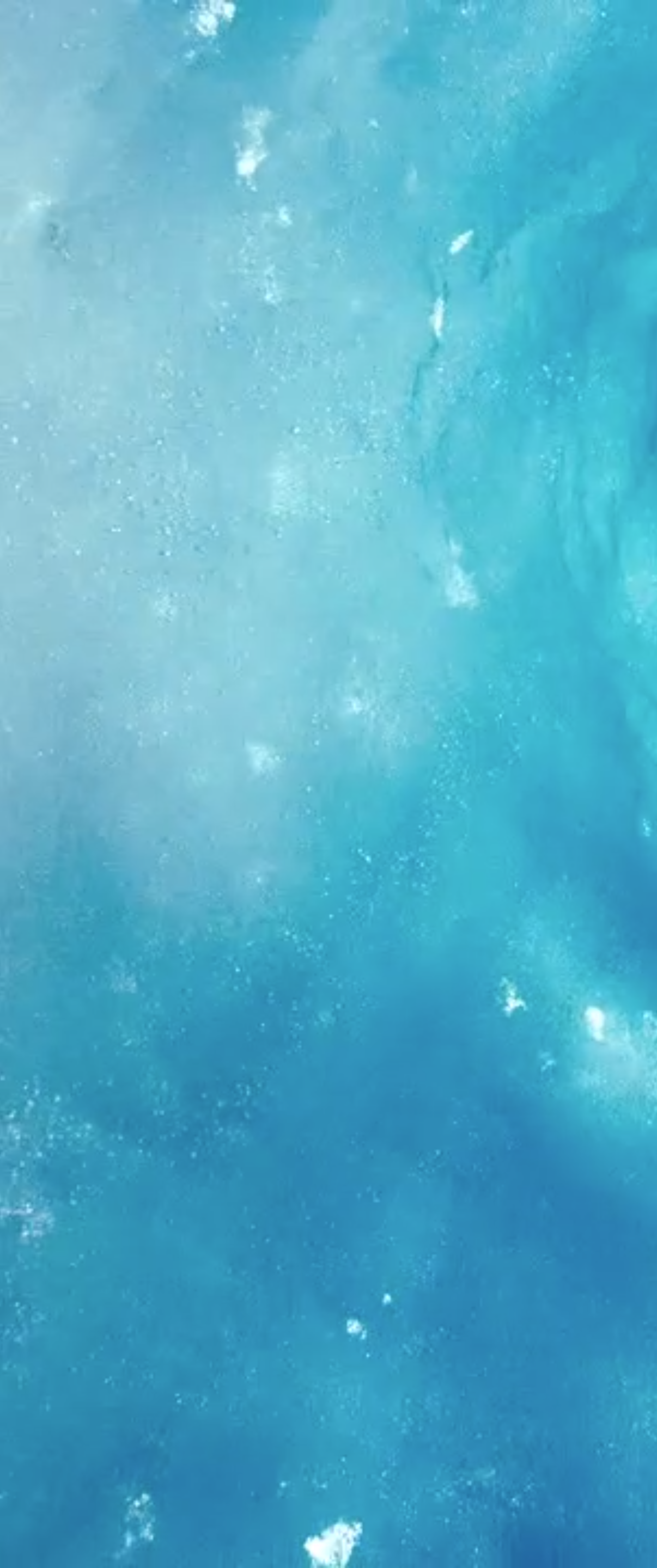
Revisiting Tidalectics: Irma/José/María 2017
—————––––––––
DeLoughrey, Elizabeth M. ‘Revisiting Tidalectics: Irma/José/María 2017’. In Tidalectics: Imagining an Oceanic Worldview through Art and Science, edited by Stefanie Hessler, 93–96. Cambridge: The MIT Press, 2018.
Kossakovsky, Viktor. Aquarela, 2018.
Leslie, Esther. ‘Flowing Crystals’. In Liquid Crystals: The Science and Art of a Fluid Form, 24–25. London: Reaktion Books, 2017.
Schwartz, Judith D. ‘Water Is Never Lonely’. In Granta 153: Second Nature, 78–79. London: Granta, 2020.
Bibliography
––––––––––––